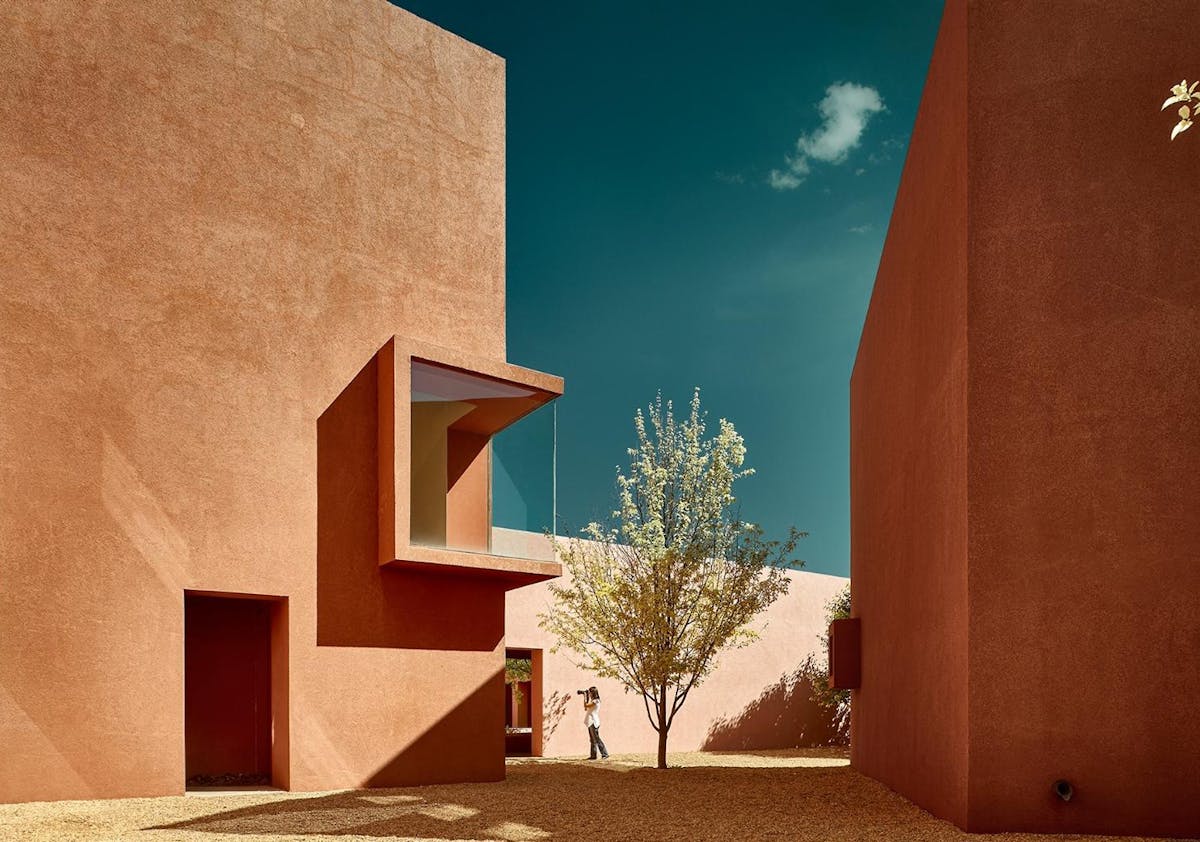Justin Aversano is known for selling one of the highest-grossing photographs ever.
Now he’s going after a much bigger challenge: trying to make photography (and other art) profitable for the many who have felt taken advantage of by the rise of social media and instantly shareable content.
His startup Quantum Art is an NFT marketplace for photographers. The photographs have been moving fast, with about $10 million in total sales so far. The highest price paid was 15 ETH, or more than $47,000.
Bringing offline artists into NFTs so they can pay their bills and live off their work is a striking change for many in the photography world. For the NFT world, which was popularized early on with pixelated, ironic artwork, it means an injection of serious artwork. And for both groups, it’s a striking riposte to the “right-click, save” attitude that’s reflexively dismissive of internet art.
A clear way to sell photography and fight rip-offs is a meaningful change in an industry where photographers typically promote their work on Instagram or other free social media platforms. Aversano sees Quantum as a way to address some of the challenges the internet presents for artists.
“We were getting paid in likes and comments, and all of our works were being devalued because of how scrollable things became, and [we] lost our appreciation for images and made everything disposable,” Aversano said.
Previously, many artists had to pay for their own promotion and hope to get discovered. But now that’s changed, he said.
While NFTs have become popular for speculators, they have especially taken off for certain types of digital art — think Bored Ape Yacht Club or CryptoPunks selling for millions. But for fine artists who aren’t crypto-native, the crypto model can seem inaccessible.
Aversano had proved for himself that NFTs could work for photography. Last year, he sold 100 NFTs from his photography collection “Twin Flames” with help from crypto experts he met, like investor Gmoney. He originally hoped to pay off his debts for creating the series.
The collection of 100 photographs, each of a different pair of twins, is a tribute to and reflection on Aversano’s own twin who passed away in utero. “Twin Flames” was minted in February 2021 and many of its pieces have sold for sky-high prices. Collectors include Gary Vaynerchuk and Snoop Dogg. And one of the NFTs was sold in a live auction at Christie’s along with printed, physical photographs for $1.1 million.
And one of Aversano’s “Twin Flames” NFTs sold in November for 871 ETH, or just more than $4 million at the time — reportedly one of the most expensive photographs ever sold. The sale’s proceeds of 850 ETH went to RAW DAO, a group set up to help photographers.
With NFT experience under his belt, Aversano co-founded Quantum Art with the help of others he had met working on “Twin Flames.” The goal is to make it possible for other photographers to get paid for their work, he said. It’s an outgrowth of work he’s done to help photographers display their work in person through a nonprofit he co-founded, SaveArtSpace.
Quantum, launched in October, started by selecting one photographer each week to release a series of new NFTs, then promoting the series to Quantum’s community of photography enthusiasts and collectors on Discord. A number of the projects have sold for high prices. Quantum seeks photographers with a unique perspective and a cohesive theme or narrative — the styles range from portraits to landscapes to social justice-themed images to the abstract. Buyers don’t get to choose which photo in the collection they purchase (in order to gamify the system, make it more fun and increase trading, Aversano said).
The community that has grown around Quantum is part of what makes the NFTs so popular, Aversano said. In the traditional art or photography world, the artists, collectors and art enthusiasts don’t always interact, except maybe at an art show. But in Quantum’s Discord, artists will join and meet others to talk about their work and develop relationships, he said.
“Artists take time to craft their style and their signature and their eye,” Aversano said. “And that’s why we’re seeing more success in Web3 — because people are slowing down. They’re not scrolling, they’re paying attention to support photographers’ work or all artists’ work, and actually value these images more than in Web 2.0, where we were the ones paying corporations to show our work. Now it’s the other way around.”
Aversano now wants to build that community through a series of in-person art hubs, the first of which is planned in Los Angeles, he said. Quantum, which recently raised $7.5 million in series A funding led by True Ventures, also has plans to expand into other forms of art beyond photography, he said.
https://www.protocol.com/fintech/quantum-nft-photography




